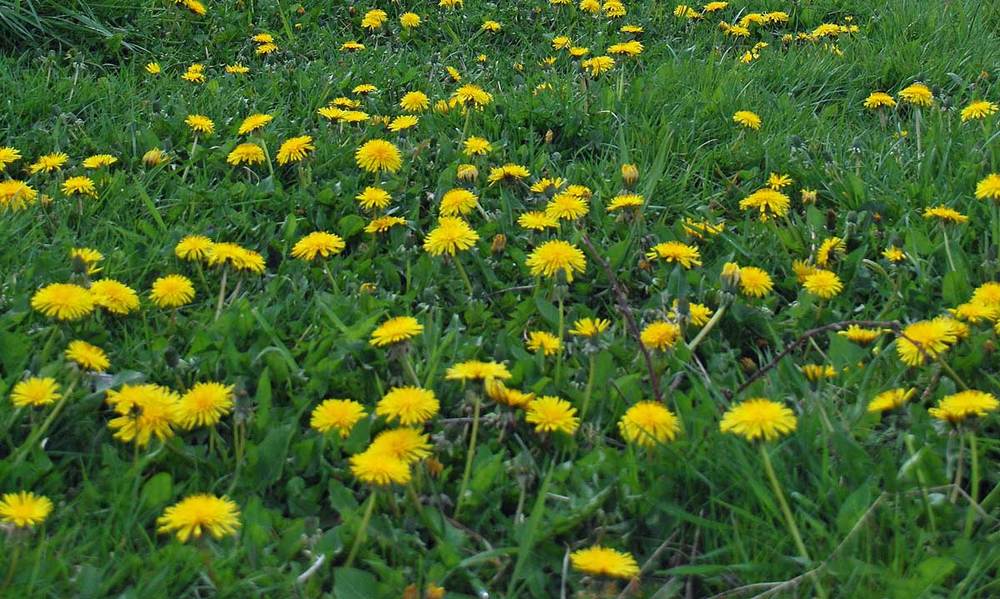A beautiful lawn is a high priority for many homeowners, but there are many common lawn weeds in Michigan that you should be aware of.
Whether you prefer a well-manicured presentation or a more natural look, many types of common lawn weeds can ruin appearance and health. Learning about lawn weed identification from a professional weed control company such as Lush Lawn on how to spot these weeds can help you fight back with an effective lawn care plan that prevents and targets their growth.
Grasses, Mosses, and Flowering Weeds
Thanks to their green color, some types of grass weeds blend in easily with your existing lawn. At the same time, other varieties stand out with easily apparent visual characteristics. They tend to fall into a couple of different groups: weeds with large visible blooms, and grassy weeds that look similar to standard lawn grasses.
Those in the first category like dandelions tend to stick out, so they’re easier to locate. Grassy weeds, however, present a bit of a challenge as they’re almost indistinguishable from the rest of your lawn. Moss doesn’t fall into either category since they’re flowerless and rootless plants that reproduce with spores instead of seeds.
Dandelions, Cinquefoils and Other Blooming Weeds
Chances are good that you probably pictured dandelions when you thought about weeds. That’s not a surprise since these fluffy yellow flowers have been described as the bane of American homeowners. With seeds that float on the wing and a tenacious taproot system, they can regrow just as quickly as you pull them out.
Cinquefoils are also yellow with delicate five-petal blooms, serrated leaves, and creeping stems that help them spread by taking root in new locations. They’re herbaceous plants from the rose family, but their status as lawn weeds comes from how quickly they infest neglected lawns.
Bindweed, white clover, and creeping Charlie are a few more flowering weeds that are common in Southeastern Michigan. White clover and Bindweed have pale cream-colored blooms, but the latter is most recognizable by its spiked flower clusters and three-leaf stems. Oftentimes, people take Bindweed for morning glories since it grows on vines, has arrow-shaped leaves, and produces trumpetlike blossoms. With its pale violet flower clusters, Creeping Charlie grows close to the ground on creeping stems that form nodes to take root.
Grassy Weeds in Your Lawn
Crabgrass is a typical invader of Southeastern Michigan lawns. It’s a ground-hugging weed that looks a bit like grass, but it produces hundreds of seeds during the late summer. Quackgrass is tall and thin, with wide leaves that are rough to the touch. It grows and spreads easily thanks to a thick, tangled root system that ventures deep into the ground. You’ve likely also seen broadleaf plantains, characteristic for their tall spindly stalks and broad coronas of thick leaves at the base of each plant. Broadleaf plantains can grow up to 24 inches tall and 12 inches wide.
Why Weeds Infest Your Green Spaces
Understanding the conditions that encourage weeds to grow can help you figure out how to get rid of them. Nearly all these species thrive easily in conditions that would kill most other planets. Also, they tend to take hold quickly in lawns that are neglected, thin and undernourished. In those cases, infestation begins where they find weak or sparse spots in the soil. Finally, they’ve evolved strategies that make it hard to permanently kill them off: deep thick roots, creeping growth patterns, prolific seed production or the ability to quickly sprout new plants. In all these ways, weeds compete with your grass and rob it of essential nutrients, sunlight, and moisture.
An Effective Lawn Care Solution
Hopefully, this lawn weed identification helped you understand what’s going on in your yard. Lush Lawn is Southeastern Michigan’s first choice for lawn care services, offering comprehensive lawn care options with nourishment, maintenance, and weed control. Get a free, no-obligation quote by completing this online form or calling (866) 303-2923.
